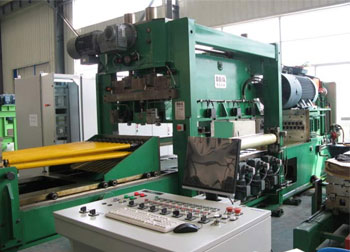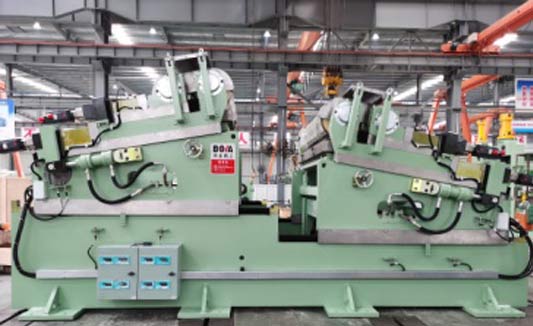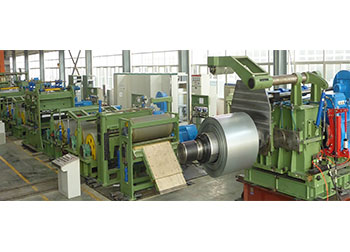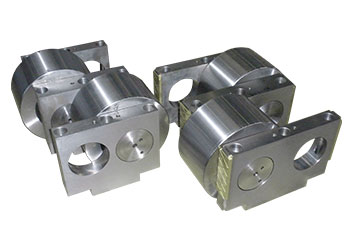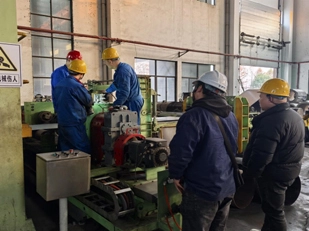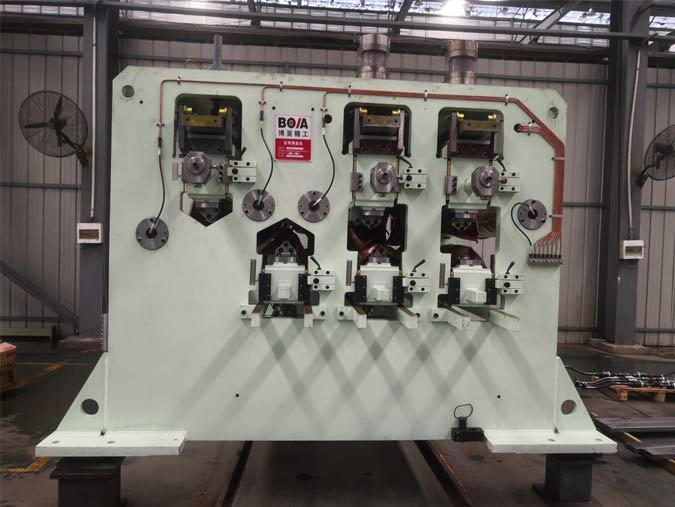What Are the Lubrication Characteristics and Requirements of the Fine Blanking Process?
Fine blanking is a precision stamping process developed on the basis of general punching, and currently refers to fine blanking of strong press plates. Compared with ordinary blanking and traditional machining, fine blanking has the advantages of reducing production costs, reducing energy consumption, improving the quality of structural parts, improving efficiency, ensuring safety and environmental protection, etc.
Ⅰ. Introduction of fine blanking oil used in fine blanking machine
Fine blanking oil, stainless steel fine blanking oil, carbon steel fine blanking oil, can be used to fine blank different materials, such as stainless steel, carbon steel, stainless steel is more difficult to do, the punch wears a lot, and needs the lubrication protection of fine blanking oil to improve. Fine blanking oil is generlly suitable for fine blanking processing such as strong pressing plate, reciprocating blanking, facing die, etc. It adopts imported extreme pressure additives, which has excellent lubricity, extreme pressure, and improves processing dimensional accuracy, flatness and smoothness. Reduce die wear and prolong service life. If the fine blanking burr is more serious, the use of fine blanking oil will also improve it to a certain extent. Of course, if it cannot be completely resolved, deburring is still required later.
Ⅱ. Development history of fine blanking technology
In 1923, the fine blanking technology was first proposed by the Germans. In 1924, the world's first fine blanking factory was established in Switzerland. In the early days, this technology was mainly used in the processing of stamping parts for office equipment, watches and clocks. Currently 60% of fineblanked parts come from the auto parts industry. The early fine blanking technology was mainly used for 1~3mm materials. At present, the material thickness that can be applied by fine blanking technology has reached up to 19mm.
Since 1965, China has started the research work of fine blanking technology; China Institute of Mechanical and Electrical Engineering, Casting and Forging Institute, Xi'an Jiaotong University, etc. have started fine blanking technology experiments; in 1976, China and French company Tours began fine blanking technology exchanges, at that time the first Provided fine blanking technology training materials to China for the first time; China Forging Association established the fine blanking technical committee in 2006, which gathered all 12 well-known companies in the fine blanking industry at that time, which was still a small team. The total number of Chong enterprises does not exceed 100. The lack of any link in the process chain will affect the final quality and precision of fine blanking parts. Failure to coordinate and cooperate between any links will affect production efficiency and reduce cost advantages.
Ⅲ. Lubrication characteristics of fine blanking process
1. The more precise mold gap requires fine blanking machine oil to have good penetration and fluidity.
2. Greater shear force and downforce require the oil to have better extreme pressure, wear resistance and proper viscosity.
3. Does not corrode molds and workpieces.
4. Easy to clean and convenient for subsequent processes.
5. Environmental protection requirements, no heavy metals and refractory chemical components.
6. The stamping parts of the fine blanking machine have excellent rust resistance.
Topics You May Be Interested in:
Roll Coating Process
Backup Rolls
Conventional Stamping
Rubber Roller Coating Machine
Press Blanking
Popular BOYA Flat Metal Processing Machinery
Other Articles about BOYA Flat Metal Processing Machinery

 English
English 